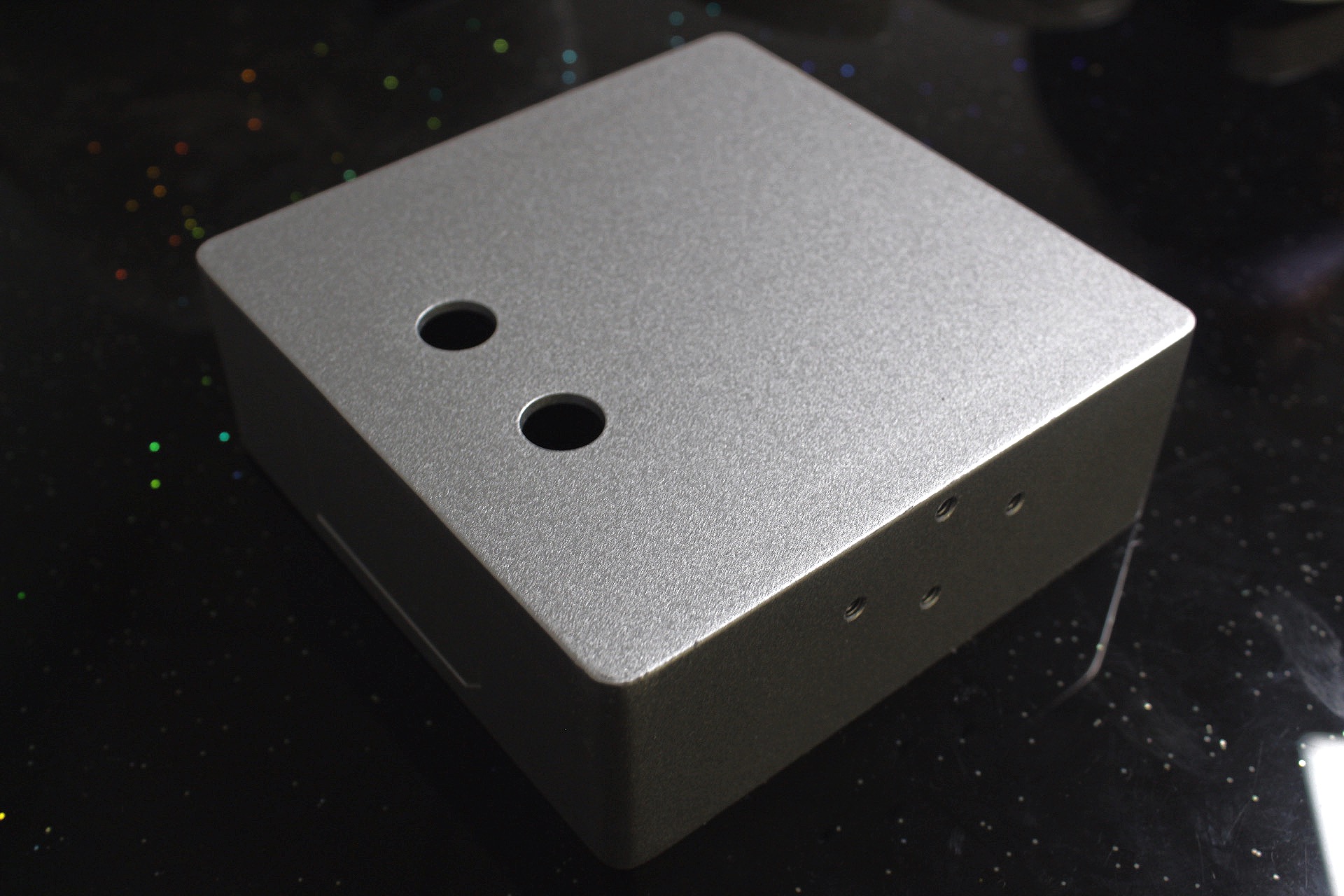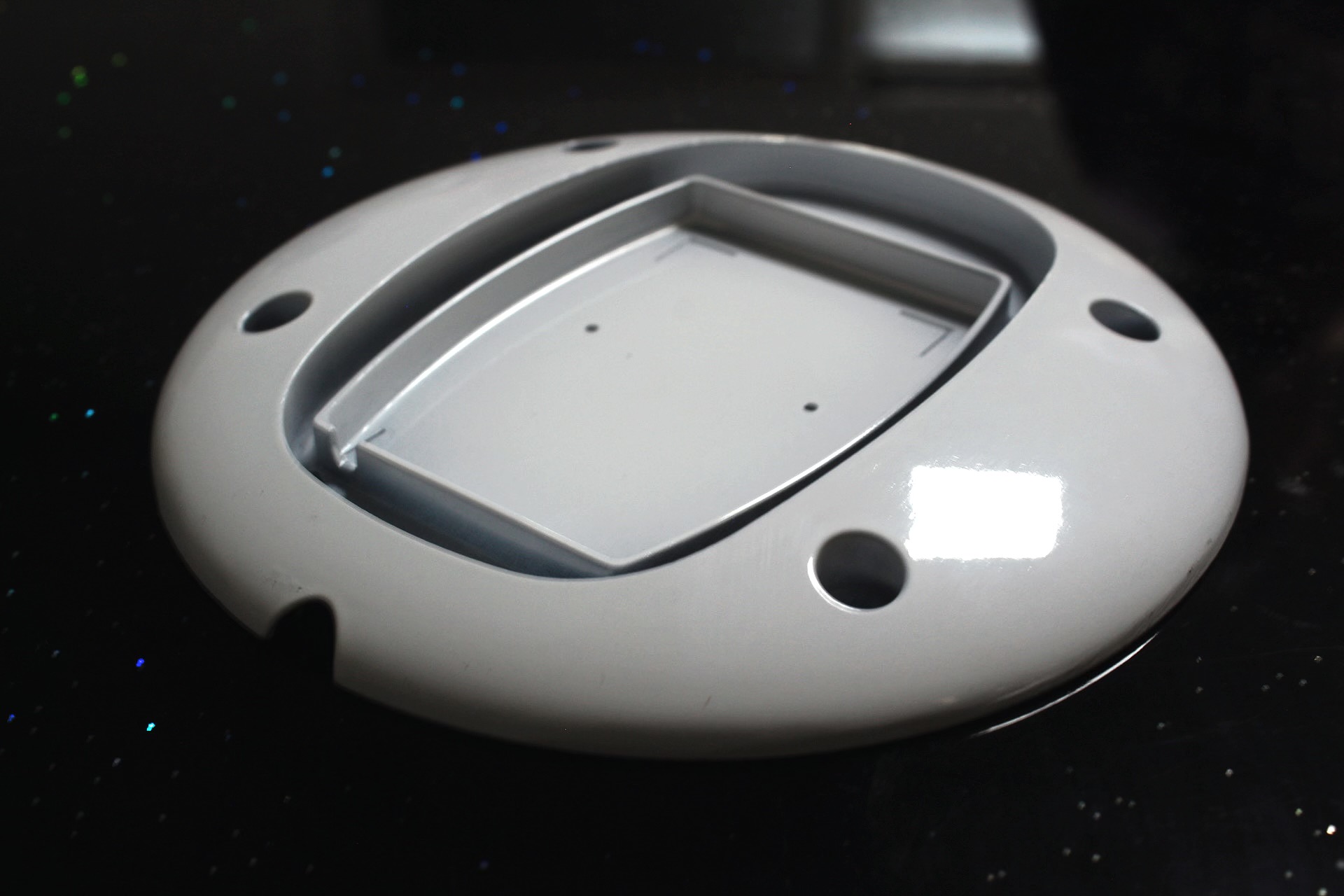
- English
- Español
- Português
- русский
- Français
- 日本語
- Deutsch
- tiếng Việt
- Italiano
- Nederlands
- ภาษาไทย
- Polski
- 한국어
- Svenska
- magyar
- Malay
- বাংলা ভাষার
- Dansk
- Suomi
- हिन्दी
- Pilipino
- Türkçe
- Gaeilge
- العربية
- Indonesia
- Norsk
- تمل
- český
- ελληνικά
- український
- Javanese
- فارسی
- தமிழ்
- తెలుగు
- नेपाली
- Burmese
- български
- ລາວ
- Latine
- Қазақша
- Euskal
- Azərbaycan
- Slovenský jazyk
- Македонски
- Lietuvos
- Eesti Keel
- Română
- Slovenski
- मराठी
- Srpski језик
Introduction to die casting process
Die casting (high pressure casting) is one of the most commonly used technologies widely used in the automotive, aerospace and electronics industries.
In the die-casting process, molten metal (usually light alloy) fills the mold cavity with high pressure and high speed under the action of the punch, and cools rapidly to form the final casting.
Magnesium and aluminum alloys are the main die-casting materials. The alloy materials of die castings are mainly non-ferrous metals and their alloys, of which aluminum alloys are the largest.

一. Process flow
1.1 Die-casting mold installation process
First, lock the mold and close the mold. Then, the high-temperature molten metal liquid is quickly filled into the cavity for pouring and injection. Then, the molten metal is rapidly cooled under a certain pressure and held under pressure for cooling. Then the product is ejected from the mold, the mold is opened, and parts are taken out. Finally, the surface is cleaned of burrs.
1.2 Die-casting tooling equipment
Die Casting Machine
Die casting is generally divided into cold chamber die casting and hot chamber die casting. Die-casting machines can be divided into small (160-400 tons), medium-sized (400-1,000 tons) and large (more than 1,000 tons) die-casting machines according to the size of the clamping force.
The air flow will be rolled up during the production process of die-casting parts, so die-casting parts are not allowed to be heat treated;
Die-casting parts are net shape and post-processed (sandblasting or other) for direct assembly without machining;

二. Die casting process
Semi-Solid Process
2.1 Brief description of process
The semi-solid processing technology is: vigorously stirring the metal melt undergoing solidification process through a stirring device, and then fully breaking the dendrites through the stirring action to obtain new spherical or ellipsoid-shaped primary solid phases evenly distributed in the metal melt. That is, semi-solid slurry, and finally the prepared semi-solid slurry is subjected to subsequent processing. Can be used for liquid die forging and semi-solid die casting, etc.
2.2 Process advantages
Since semi-solid processing uses non-dendritic semi-solid slurry, it breaks the traditional dendrite solidification mode. It has many unique advantages compared to liquid processing:
(1) The solidification shrinkage of the metal is reduced, the primary crystal grains are fine, and the composition is uniform, so the product does not have a segregated structure and has better performance;
(2) The primary solid phase of the semi-solid slurry is close to spherical, and its deformation resistance is small, and the forming energy consumption is significantly reduced. Parts with complex shapes can be prepared, and the forming speed is fast, the processing procedures are greatly shortened, the processing equipment can be miniaturized, and the investment is reduced. Small;
(3) The forming temperature is low, and part of the latent heat of solidification of the semi-solid slurry has been released, so the solidification shrinkage and thermal shock to the processing equipment are greatly reduced, which greatly improves the life of the mold, and the product has accurate dimensions and high performance. Significantly improved;
(4) The viscosity of the semi-solid slurry is high, and reinforcing materials (particles or fibers) can be easily added to improve technical problems such as segregation, sinking and floating, and non-wetting of additives in the preparation of composite materials, opening up new opportunities for the production of composite materials. a new way.
2.3 Semi-Solid Molding Process
The key to semi-solid processing lies in the preparation of semi-solid slurry. Electromagnetic stirring technology, mechanical stirring technology, strain activation technology, single-roller rotation technology, ultrasonic vibration technology, powder metallurgy technology, and spraying technology have been developed for semi-solid slurry or blanks. Deposition technology, low superheat casting technology, turbulence effect technology, melt mixing technology and other technologies.

三.Application of die-casting process in automotive industry
Die castings have been widely used in the automotive industry.Die castings are widely used in non-structural parts such as engines (cylinder blocks, cylinder heads, intake pipes, etc.), transmission housings, wheel hubs, etc. Among structural parts, die-casting parts are also used in chassis suspension, body-in-white structural parts (cross beams, shock towers, etc.), covering parts, interior parts and other components.
Benefiting from the development of die-casting machine tonnage (>4,000T) and new energy vehicles, die-casting parts are developing towards large-scale and integrated production. (Door frames, A-pillars, rear longitudinal frames, trunk lids, etc.) Large body structural parts can be produced and assembled through die-casting.



